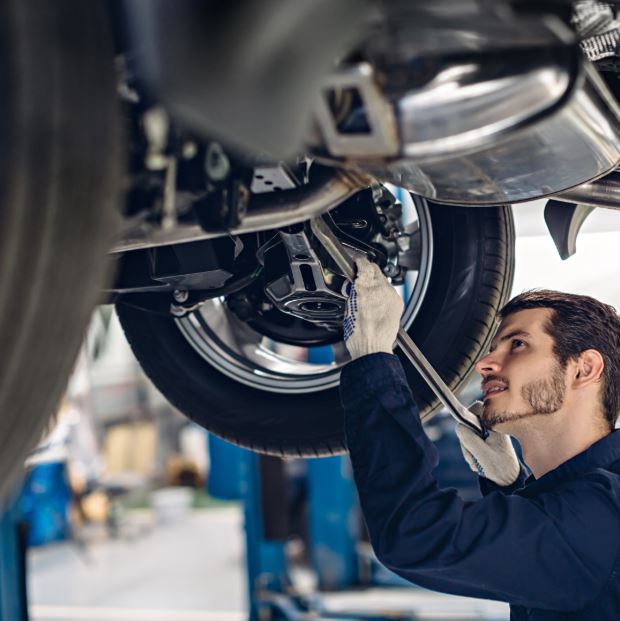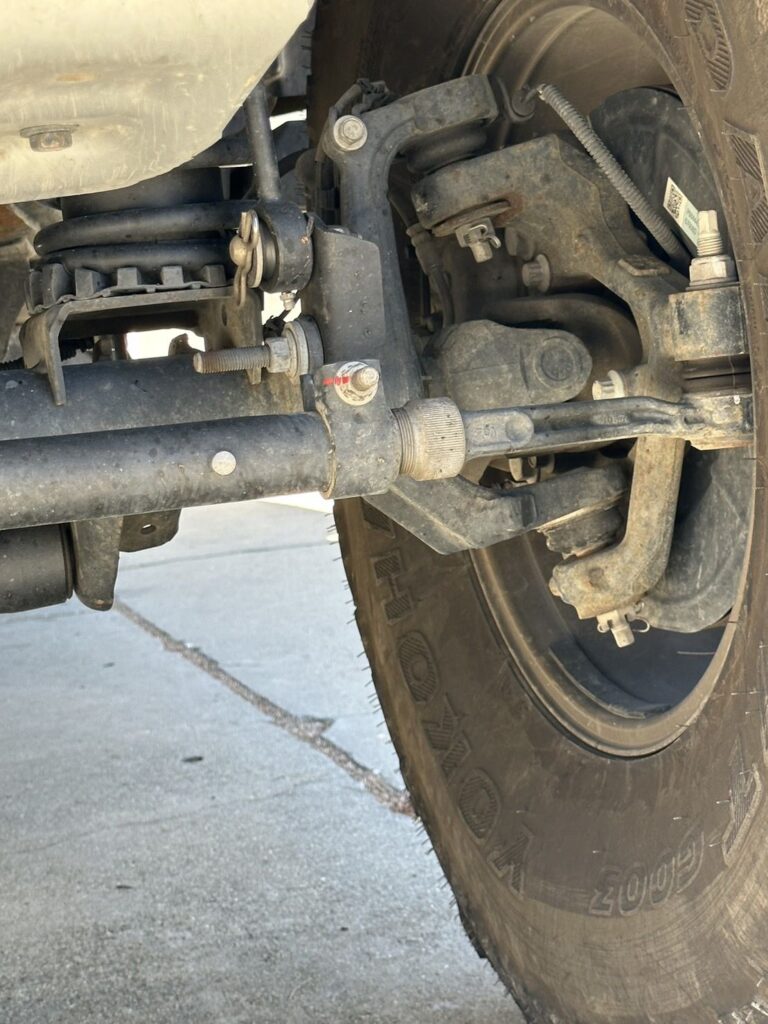Suspension Noise Alert: Could Control Arms Be The Cause?
What is Suspension Noise And Why it Matters
Suspension noise is one of the most common early warning signs that something may be wrong with your vehicle’s suspension system. Among the many components that could cause these sounds, control arms are a key suspect. These essential parts directly affect your car’s handling, stability, and safety.
Control arms are core components in the front suspension system that have a profound impact on driving safety and performance. They are located in the front suspension and connect the vehicle’s frame to the front wheels. One end of the control arm connects to the wheel assembly, while the other is mounted to the chassis.
When control arms or their bushings wear out, you may begin to hear clunking or knocking sounds—classic symptoms of suspension noise. These noises often occur when driving over bumps or during sharp turns and should not be ignored.
Upper vs. Lower Control Arms: Functions and Impact on Suspension Sounds
| Feature | Upper Control Arm | Lower Control Arm |
| Installation Position | Upper part of suspension system | Lower part of suspension system |
| Shape | Typically straight | Often twisted or curved |
| Position in System | Near top of wheel hub Supports base of the suspension | Supports base of the suspension |
| Function | Controls wheel vertical movement | Supports wheel and handles forces |
| Effect on car handling | Contributes to steering & stability | Bears weight & absorbs road impact |
Both upper and lower control arms influence suspension noise. However, lower control arms often take more stress and may wear out faster, causing more noticeable noises.

Engineering Stability: How Control Arms Affect Driving Safety
The lower control arms support the weight of the vehicle and stabilize wheel movement. Meanwhile, upper control arms enhance vehicle control during braking and cornering.
Control arm bushings, which connect the arms to the subframe, are frequently the source of suspension-related noise when worn out. Rubber bushings degrade over time due to heat, stress, and environmental exposure, leading to vibrations and sound.
Components that May Cause Suspension Noise
- Main Arm: Often A- or L-shaped, it links the chassis to the wheel.
- Bushings: Absorb vibrations and provide a flexible, quiet connection.
- Ball Joint: Enables multi-directional wheel movement and absorbs steering forces.
- Fasteners: Secure the arm and allow torque transfer.
When any of these components wear out, especially the ball joint or bushings, they can be a source of persistent suspension noise.
What Happens When a Ball Joint Fails?
Ball joints play a crucial role in vehicle safety. When a ball joint wears or breaks:
- The suspension system becomes unstable, affecting handling.
- There is less control over the wheel, possibly causing vibrations or swerving.
- The vehicle becomes dangerous to operate, especially at high speeds or on turns.
Visit our control arm product page to learn more about high-quality assemblies designed for long-term performance.
When Should You Inspect Control Arms for Suspension Noise?
If you notice clunking noises while driving on rough roads or during sharp turns, it may be time to inspect or replace the control arms. Specifically, look out for:
- Suspension noises over uneven surfaces
- Vibration or looseness in the steering wheel
- Uneven tire wear
We recommend regular inspection every 50,000 miles, especially if your vehicle is exposed to harsh driving conditions.
Conclusion
Suspension noise is more than just an annoyance—it’s a signal that something could be wrong in your vehicle’s suspension system. Control arms and their components are often the hidden source. By staying alert to changes in sound, steering, and handling, and by conducting timely inspections, you can ensure a safer and smoother ride.
Learn more on Why tie rod end plays a vital role in your car’s steering?
